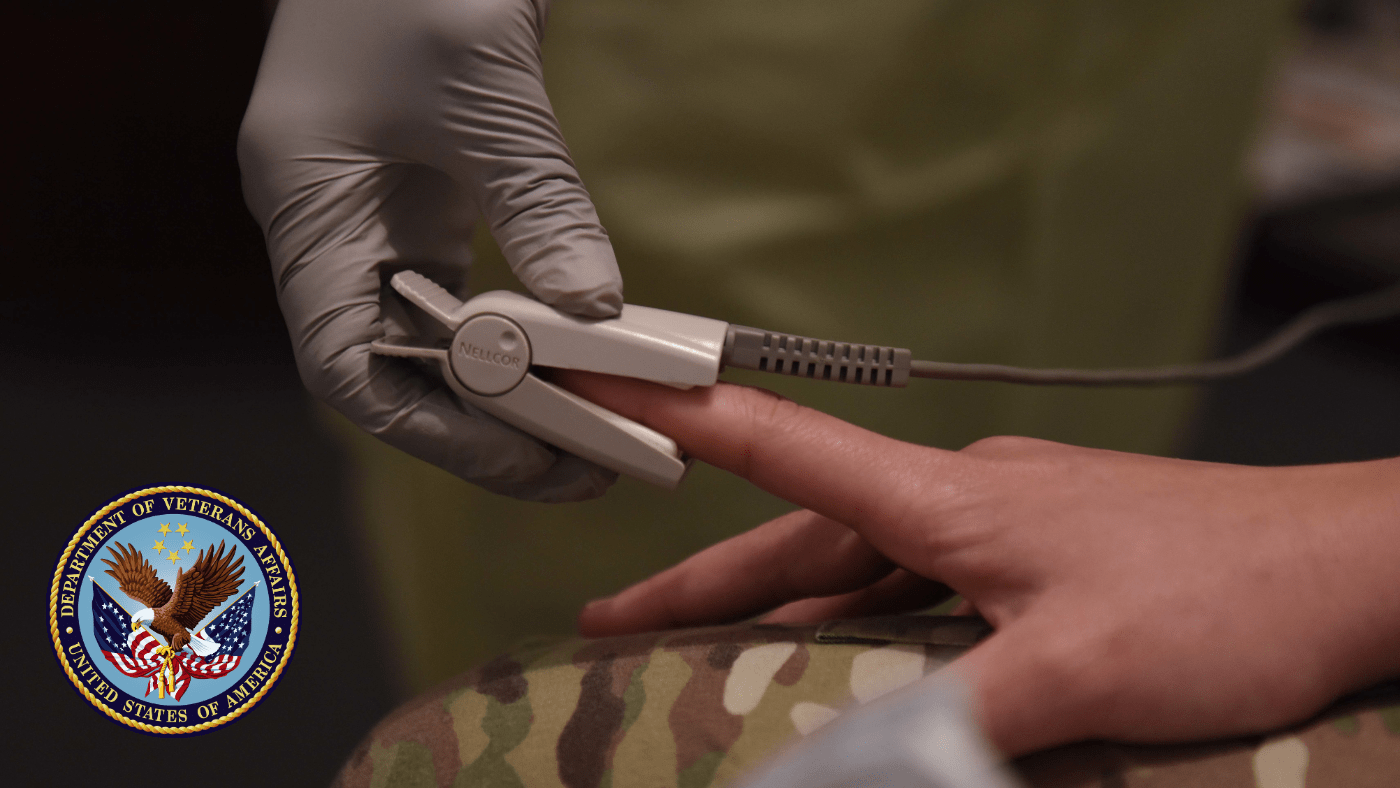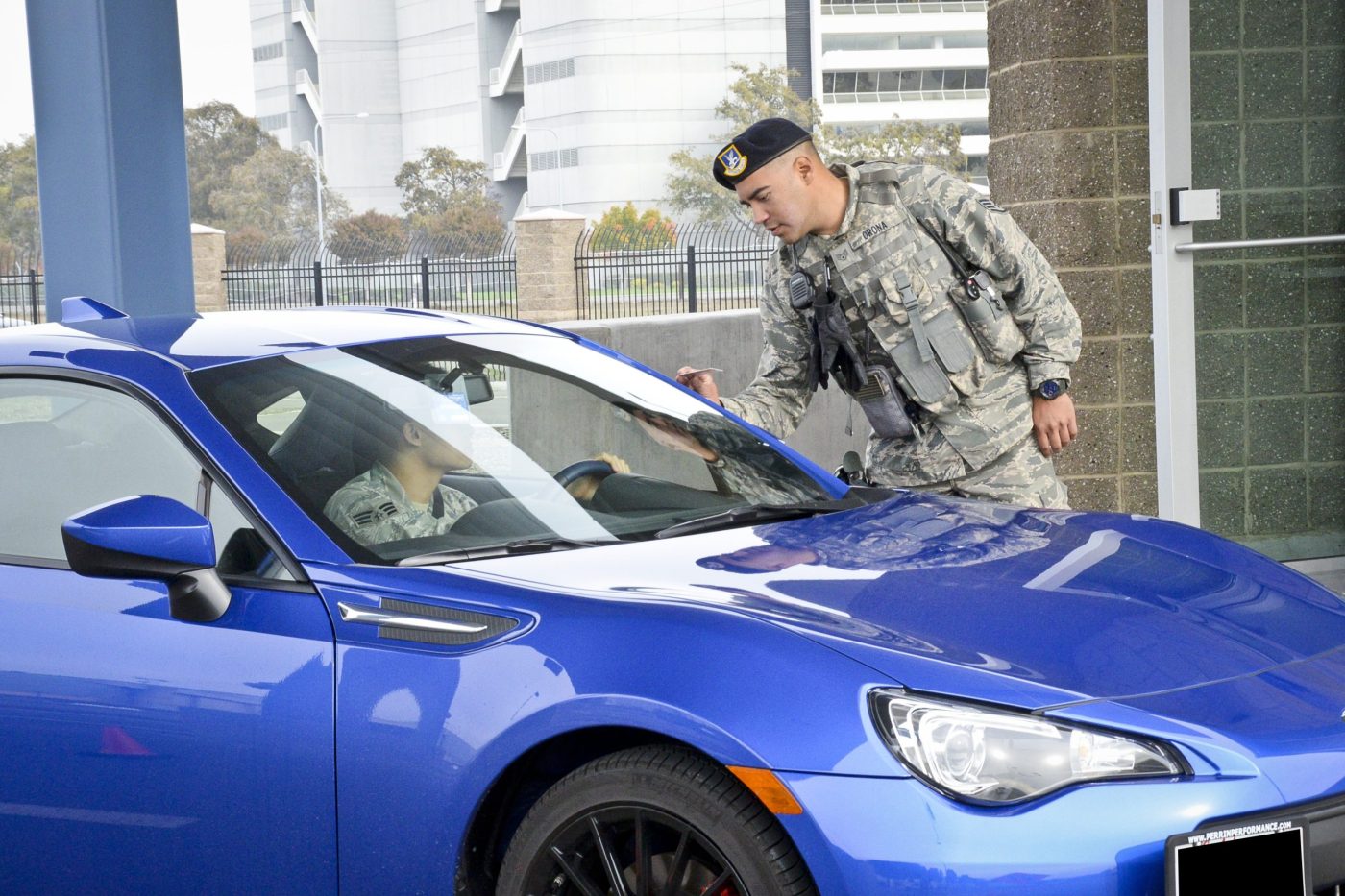Active-duty service members who are transitioning out of the military and filing a VA claim for disability benefits shouldn’t have to attend different, but similar, medical examinations conducted by DoD and VA. Historically, they have, and now that’s about to change.
Why do you have to go to these exams at all?
Service members are required to meet the Department of Defense’s statutory and policy requirements for a Separation Health Assessment before they transition from active-duty service. And for good reason. These requirements are in place to ensure the service member’s health care needs are addressed before separating. VA also requires a similar separation examination for those filing disability claims through the Benefits Delivery at Discharge (BDD) program or the Integrated Disability Evaluation System (IDES), to evaluate the claimed conditions and make a rating determination.
These two different-but-similar exams are redundant.
Thankfully, VA and DoD have completed a multi-year effort focused on developing a single comprehensive exam form to be used eventually by both agencies. That way, regardless of which agency conducts the exam, the other can use it for all of the reasons previously stated.
The new separation health assessment meets the needs of both agencies and, most importantly, minimizes the redundant examinations.
Service members are required to provide the Part A self-assessment questionnaire when filing a BDD or IDES claim as of April 1. On May 1, VA began using a new Separation Health Assessment Disability Benefit Questionnaire (Parts A and B). DoD is expected to begin using the common form (to include a “DoD Use Only” Part C) later this year. The new “common form” will streamline the disability claim process, reduce redundant examinations, and ensure medical assessments for those separating from service are more accurate and complete. It also will encourage service members to enroll or participate in additional transition services when warranted.
How did you get the new form?
The departments’ clinicians worked together to establish content of the common form, comprising both subjective patient histories and objective clinical evaluations. Clinical subject matter experts and specialty groups covering audiology, mental health, women’s health, environmental and occupational exposure, traumatic brain injury, vision and dental health identified baseline elements for inclusion in the common form. Further collaborative efforts produced high-value improvements that address suicide and violence risk screenings and the communication of resources for survivors of sexual trauma in the military.
This new form will replace DoD Forms 2807-1, “Report of Medical History,” and 2808, “Report of Medical Exam,” for documentation of Separation Health Assessments otherwise required of service members at separation. It also will replace the prior VA Separation Health Assessment (SHA) DBQ.
For more information about VA claim exams, visit VA’s website on disability claims exams.
Topics in this story
More Stories
An important part of financial planning is life insurance, which VA offers through a variety of whole life programs to Veterans, service members and their families.
DOD has updated installation access procedures for Veterans. New process makes entering military bases and using services easier.
This 2024 Veterans Day discounts list will continue to be updated as we learn of more nationally available Veterans Day discounts, meals or other ways businesses and organizations want to give back to Veterans.







I do exams as a contractor for VA. Despite being told the Part A form is mandatory and the exams would be cancelled if it wasn’t done, I have been required to do the SHAs without it! In fact, I have been told to print it and complete it WITH the service member at the time of the exam. This is contrary to what all training and information from VA said.
How about National Guard and Reserves who will retire? There are many of us that hide our injuries from our yearly medical exams; so we do not get put on a medical profile list or MND list that would hold us back from promotions, deployments, awards and other things.
It seems as if the Guard and reserves get screwed over a lot from the VA. I have 28 years in and 4 years in combat zone. Lots of injuries never reported.
This is great news for active-duty service members who are transitioning out of the military. The new “common form” will streamline the disability claim process, reduce redundant examinations, and ensure medical assessments are more accurate and complete. It’s good to see VA and DoD working together to make this happen.
The collaboration among clinical subject matter experts and specialty groups to establish a common form with baseline elements is a great example of interdisciplinary teamwork in healthcare. The inclusion of suicide and violence risk screenings and resources for survivors of sexual trauma in the military demonstrates a commitment to addressing critical issues that affect patients’ overall well-being.
No Matter what I put In for it seems to get denied,it’s not a fair system so I don’t file anymore.
So Little.
So Late.
So WHAT.
Getting denied is the norm. I ran my claims through twice and had to wait years for my rating but it came. Seven years later. The best part, that directed deposit of back pay looked might good. If you are still havinh any problems with any injuries, it would be in your best interest to go to private doctor appointments. From 2002-2018 I went to physical therapy, chiropractor appointment, head shrinks and various others. Those documents sealed my claims and made the judgements the 2nd time around very easy to say yes.